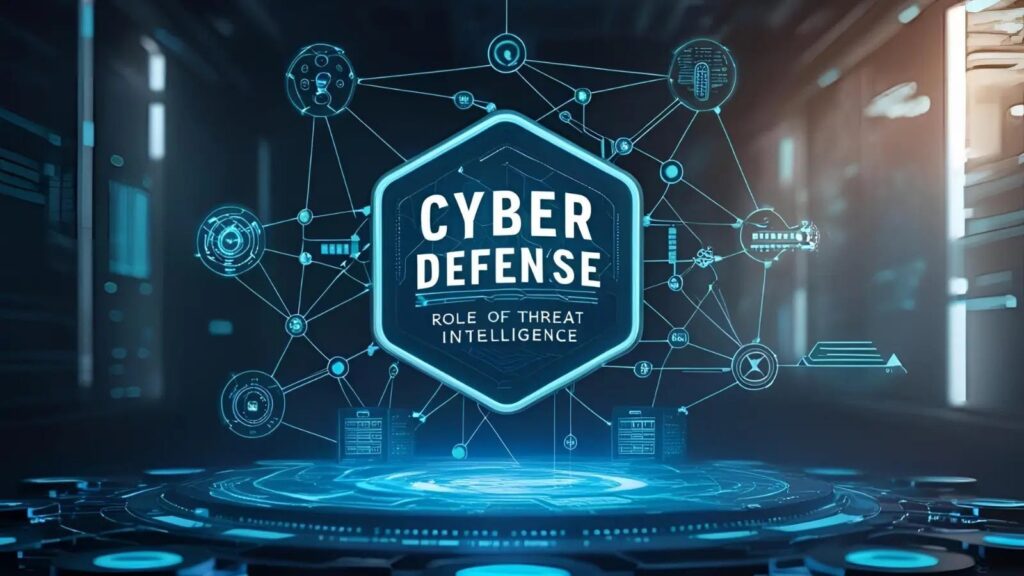Why Threat Intelligence is Crucial for Modern Cyber Defense
As cyberattacks become more sophisticated and frequent, organizations face unprecedented risks to their digital assets, reputations, and operational continuity.
Cybercrime costs are rising rapidly, underscoring the urgent need for proactive defense mechanisms. Threat intelligence has emerged as a critical tool in this battle, enabling organizations to anticipate, detect, and neutralize threats before they escalate.
Threat intelligence transforms raw data into actionable insights by analyzing adversaries’ tactics, techniques, and procedures (TTPs), empowering security teams to shift from reactive firefighting to strategic defense.
This article explores how threat intelligence strengthens cyber resilience, enhances decision-making, and future-proofs security strategies.
Understanding the Foundations of Threat Intelligence
Threat intelligence systematically collects, analyzes, and disseminates data about current and emerging cyber threats.
Unlike generic security alerts, it provides context about threat actors’ motivations, capabilities, and targets, enabling organizations to prioritize risks and allocate resources effectively.
For instance, strategic intelligence helps executives evaluate geopolitical risks and regulatory changes, while technical intelligence equips IT teams with indicators of compromise (IoCs) like malicious IP addresses or malware signatures.
This multi-layered approach ensures that defenses evolve in tandem with attackers’ methods.
By integrating threat intelligence into security operations, organizations can identify vulnerabilities in their attack surface, correlate anomalies with known adversary behavior, and disrupt attacks at early stages.
- Proactive Threat Hunting: Threat intelligence enables security teams to search for hidden threats using IoCs and behavioral patterns. For example, identifying a phishing campaign’s infrastructure allows preemptive blocking of malicious domains.
- Enhanced Incident Response: During breaches, analysts use tactical intelligence to trace attack origins, contain damage, and eradicate threats. Real-time insights into ransomware TTPs can significantly reduce recovery time.
- Informed Risk Prioritization: By mapping threats to business-critical assets, leaders can allocate budgets to protect high-value targets like customer data or intellectual property.
- Adversary Emulation: Red teams simulate advanced persistent threats (APTs) using threat intelligence, exposing detection and response capabilities gaps.
- Regulatory Compliance: Intelligence on industry-specific threats helps organizations align defenses with frameworks, avoiding penalties and reputational harm.
These applications demonstrate how threat intelligence bridges the gap between technical teams and executive leadership, fostering a unified security posture.
Building a Future-Ready Defense Strategy
To maximize the value of threat intelligence, organizations must integrate it into every layer of their cybersecurity architecture. Automated threat feeds should enrich SIEM systems and firewalls, enabling real-time detection of IoCs.
For example, integrating malware hash databases into endpoint protection tools can block zero-day exploits before they execute.
Cross-departmental collaboration is essential. Sharing anonymized threat data with industry peers and government agencies creates a collective defense ecosystem, weakening adversaries’ reach.
- Collaborative intelligence platforms allow sectors like finance or healthcare to pool resources against common threats.
- AI-driven analysis processes vast datasets to predict attack vectors by identifying vulnerable supply chain partners.
However, technology alone is insufficient. Organizations must cultivate a threat-informed culture where executives champion intelligence-driven investments and staff receive regular training on emerging TTPs.
Simulating APT campaigns based on recent threat reports sharpens incident response skills and reveals procedural gaps. By aligning technical capabilities with strategic vision, threat intelligence becomes the linchpin of cyber resilience.
It enables organizations to adapt to threats, protect critical assets, and foster stakeholder trust.
In a digital landscape where threats are constantly evolving, making threat intelligence a core part of your defense strategy is not only wise but essential for long-term survival and success.





